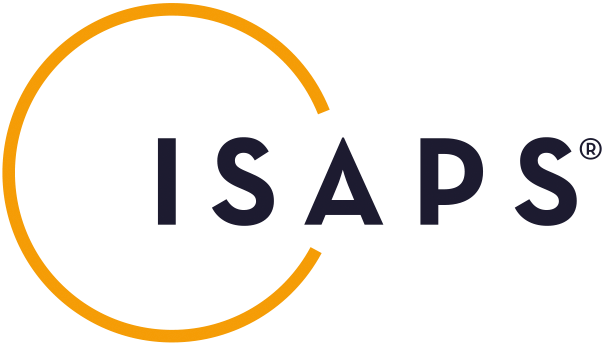
Neck Lifts (Cervicoplasty)
Neck lift or cervicoplasty is a cosmetic surgery procedure performed under general or local anaesthetic for the correction of the ageing (sagging) neck & the “fatty” neck. The ageing neck is characterized by the presence of redundant skin, vertical folds (platysmal bands) often with variable amounts of fat deposits. The “fatty” neck manifests as a “double chin” deformity, obtuse neck with submental fat deposits underneath the chin. A neck lift can be performed with liposuction alone, open fat excision and muscle tightening, ± a face lift procedure depending on the severity. For a harmonious result it is usually combined with a lower facelift.
Mild excess fat beneath the jaw line can be improved by liposuction alone but only in patients with good skin quality and usually those younger than 55 years of age. However, significant skin excess requires tightening the skin and underlying muscles. This is usually performed using facelift type incisions (open neck lift). Often, a separate incision beneath the chin is needed to repair the slackened neck muscles and remove any excess fat under direct vision.
Incisions of variable sizes are made under the chin and/or around the ear lobes depending on the need to remove fat, tighten muscles, remove excess skin or rarely secure contouring stitches.
A neck lift gets rid of excessive fat, "cleans up" the neck, gives you better definition of the chin-neck angle and the jaw borders and thus an overall younger looking neck. Although often performed with most face lifts it is NOT a substitute to a face lift. The aim of a neck lift, however, is to eliminate vertical and horizontal folds in the neck, to tighten the skin and reduce excess fat beneath the chin. This can usually be accomplished through the incisions made for a facelift although often a small incision under the chin may also be required for fat removal or to tighten the neck muscles centrally (known as a corset platysmaplasty). Most deep plane face lifts tighten the muscles of the neck to improve both the jowl area and the jaw line. A neck lift has limited effect on the jowls, mouth lines, cheeks and nasolabial folds. Rarely a deep neck line-defining stitch (Giampapa suture) is used for the obtuse fatty neck especially in males.
Before your operation Professor Malata will discuss with you exactly what surgical procedures are required to improve the appearance of your neck.
To view the before and after photos in Professor Malata’s publications on neck lifts or cervicoplastyclick below
Risks and complications of neck lift surgery
As in any cosmetic surgery, there are risks as well as benefits and the final results are not guaranteed. The chance of complications following neck lift surgery depends on the exact type of operation needed and other factors such as your general health, drug intake, etc. Professor Malata will explain how the risks apply to you. Detailed postoperative instructions will be discussed during consultation and a procedure-specific handout given to you by Professor Malata.
Some risks of neck lift surgery
Frequent
-
Bruising and swelling
-
Tighness
-
Palpable stitches: temporary
-
Lumpiness and irregularities: temporary
-
Mild residual asymmetry
-
Need for a repeat neck lift (7- 10 years’ time)
Infrequent
-
Bleeding and haematoma formation
-
Numbness of ears for open neck lifts: temporary
-
Facial nerve paralysis (marginal mandibular nerve) corner of the mouth – usually temporary
-
Infection
-
Seroma formation
Rare
-
Over-thinned neck
-
Under-correction
-
Altered facial movements
-
Unusual movements of the face
-
Redundant skin
-
Numbness of the ears
-
Need for a staged rejuvenation sequence
-
Wound breakdown & skin necrosis (smokers)
Alternatives to a neck lift
- Face lift surgery
- No surgery:weight loss, diet, facial toning, make-up, laser
WHAT YOU NEED TO KNOW (Neck Lifts)
LENGTH OF SURGERY
1 - 2 hours
ANAESTHESIA
General or local
NO. OF NIGHTS IN HOSPITAL
0 - 1 night
RECOVERY
5 - 10 days until socialising with close friends and family
2 weeks until return to work and normal social engagements
2 weeks until bruising and swelling disappeared
4 - 6 weeks until return to gym and other strenuous activities
12 weeks until final result: scars continue to improve for 1 year
DURATION OF RESULTS
6 - 10 years
To find out more or make an appointment please contact Prof Malata's Secretary on 07455839093 or malatapractice@gmail.com




